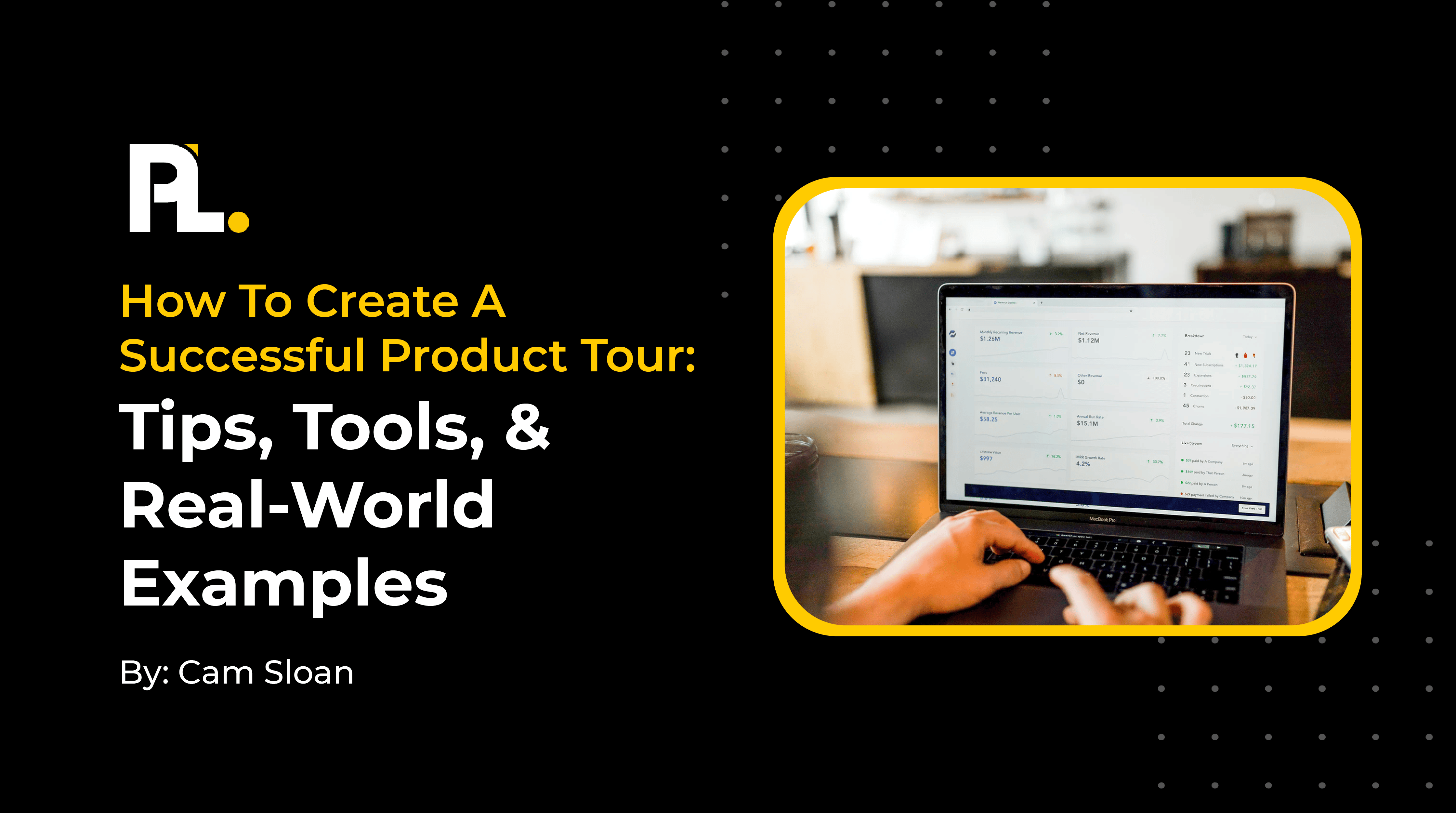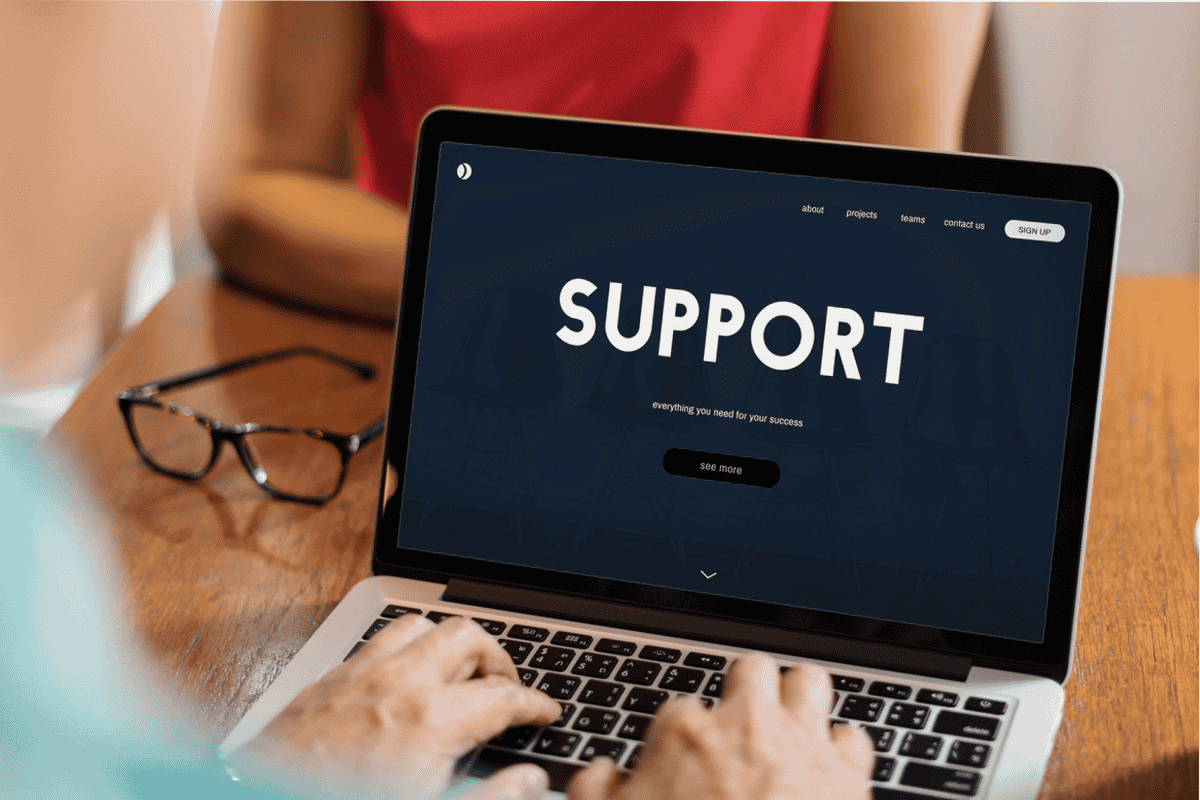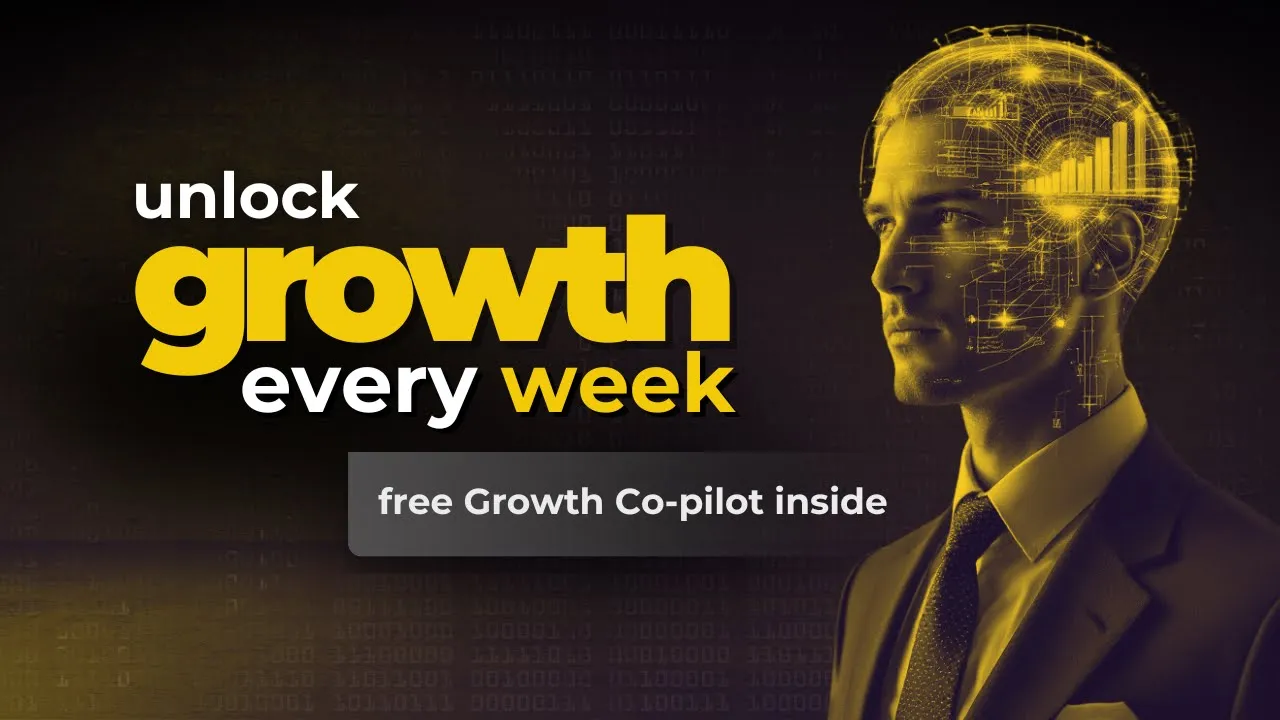
Typically, if you wanted to improve your onboarding, you’d look for the biggest areas where users are churning, hypothesize a solution and run experiments to improve those areas. But, what if we’re looking in the wrong place, focusing on the wrong users, and trying to improve the wrong metric?Let’s start with a hypothesis: maximizing product-led growth means making sure the leads who are the best fit for your product become customers. Conversely, focusing on optimizing conversion for all users is a fool’s errand.When designing experiments to improve product activation, we often skip the step of asking whether the experiment will help our best leads to become successful users. We don’t look at product analytics data through the filter of lead quality to understand how our best users act, and we don’t implement an ideal onboarding journey for our best leads.So that’s what we'll cover in this article.
Removing Friction
SaaS businesses create operational friction when they introduce hurdles that require their best users to prove they are users worth of a good experience. They expect the best enterprise leads to fill out lengthy forms to self-qualify so that sales reps don’t potentially waste time talking to a bad lead.They provide great leads the same generic onboarding experience as spam signups instead of building one that speaks to their motivations for signing up.If you shifted focus away from increasing overall conversion towards whether 100% of your best users are converting, would you change your priorities & initiatives for next quarter? Could anything else be more important than making sure people who should become customers do?We know a lot about identifying, qualifying & engaging your best users at MadKudu - hypergrowth SaaS companies like Segment, InVision, IBM, Shopify, Drift & Amplitude leverage MadKudu to bring lead scoring to their entire funnel, creating an ideal buyer journey for the 20% of their leads that will generate 80% of revenue.Whether you know it or not, you can identify what your best users looks like and what they do before converting. All the answers are in your customer data, so let’s start leveraging it. Shall we?
Identify: segmenting onboarding by customer fit
Most product teams will analyze a cohort’s daily churn to identify key fall-off moments; however, what if those key moments for your best-fit & worst-fit users aren’t at the same moment?

Let’s take a look at an example. Startup X has a problem: the majority of signups aren’t returning the day after signup. Some trickle off in the following days, but the biggest loss in retention is staring them in the face. They run experiments to improve the daily retention on day two, but they’ve hit a wall. No matter what they do. 50% of their signups are dropping off almost immediately after sign up.

When they segment that same analysis by customer fit, they find that the biggest fall-off moment for their best leads was after 2 weeks, which corresponds to the end of their daily onboarding emails.Because only a fraction of signups convert, all of the low fit leads were falling off on day one because they weren’t a good fit for the product. Startup X can spend all the time they want trying to get their worst users to convert despite themselves, or they can focus on retaining 100% of their best users.
Qualify: Force the Funnel
One of the more common plays we see modern marketing operations teams deploying is called Force the Funnel: personalizing the buyer experience dynamically based on customer fit. This can be implemented on a website, like Segment did, identifying their best leads via IP lookup and personalizing the site based on each lead’s predicted spend and sector. This has a huge impact on conversion for self-serve & enterprise leads because self-serve leads who schedule a demo are less likely to convert, as are enterprise leads who sign up for your product/trial.This also applies to the onboarding experience. For great enterprise leads who do sign up for your product, you can dynamically update the onboarding to encourage them to talk with a specialist, because great enterprise leads don’t activate the same as great self-service leads before converting. You can engage them in all sorts of ways: in-app chat, segmented email sequence, and calls to action in-product, in order to guide them back to the path that will statistically optimize their chances of being successful with your product.
Engage: Marketing-Qualified Accounts / Product Qualified Leads
For product-led companies like InVision, it’s not always clear when the right time is to reach out to a great lead. InVision looks both at product activity as well as at the firmographic profile of the user, but they make decisions at the account level based on the aggregate activity data across all users.

For example, a team member at Disney may be invited to their design collaboration tool without necessarily being ready to be pitched by an InVision sales rep on their enterprise plan. They may engage heavily with the product, but that doesn’t necessarily mean they cross the PQL threshold associated with being sales-ready.

Expanding out to the account as a whole, if there are 10 different Disney team members active on InVision across various projects in the past 30 days, including decision-level personas like the CEO, their sales team will engage.We call this play Timing is Everything, because that’s exactly what it is. Timing. It’s not enough to have great leads using your product, you have to know when they reach that tipping point where they are ready to become customers. Too late and they have settled into their current usage habits. Too early and they haven’t felt the pain.Identifying when to reach out is a matter of diving into customer data. Looking at historical cohorts, what actions do accounts take who ultimately convert that accounts who don’t convert don’t take? What user personas have to be engaged before an account can convert? At MadKudu, we pull in sales, marketing & product data of past cohorts and build a behavioral model that looks at user activity as well as their firmographic profile to identify the statistically influential moments - inviting a 10th user to the product, sending 10,000 messages, activating an integration - that statistically separate your best users from the rest.Early on, you may not have enough data to build something statistically significant, but you can start by working backwards from the moment of success (becoming a paying customer above a certain threshold, generally speaking) and analyze the last 10 customers to hit that point and look for similarities in their buyer journey.
Build for your best leads
By focusing your energy on the users who should convert, not only will you grow faster, but you’ll be proactively designing your customer journey for your best users. At every stage of that journey - discovery, onboarding, sales engagement - look at who is arriving there and ask yourself: “what is the next best action for my best users?”This is a mindset that should permeate all customer-facing teams: marketing should be measuring ROI on their campaigns based on how many very good leads they acquired. Sales should be prioritizing engagement by the likelihood that the lead will become a customer, and product teams should be looking at feature development as an answer to the question “what can I do to improve the experience for my best leads?”


















